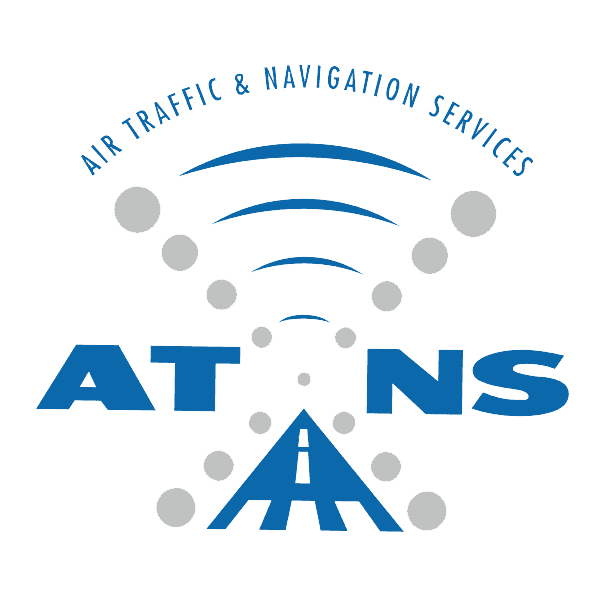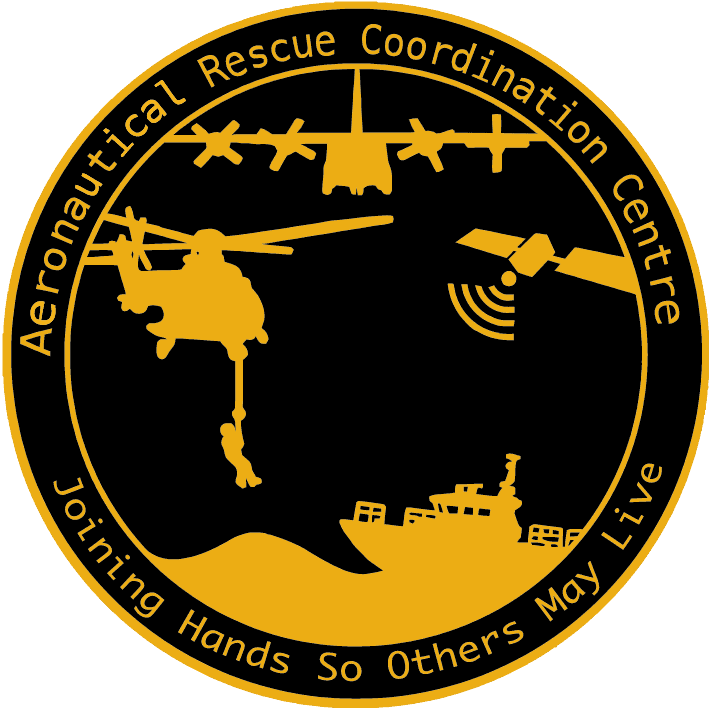In 1907, Baden-Powell, an English soldier, devised the Scout motto “Be Prepared”.
“Prepared for what?”
“Why, for any old thing,” he replied.
Preparation is the foundation of Safe Piloting
As pilots, we are trained to observe our environment and understand risks, but occasionally we are surprised by something unexpected. And if we’re unlucky or make a mistake, that surprise results in an accident.
When you are stuck on a mountainside with serious injuries, you don’t have the luxury of time to figure out your next steps.
Who to call?
You are probably already aware of St Johns Ambulance Service, Wilderness Search & Rescue (WSAR), ER24 and others. However there is organisation that very few SAHPA members are aware of: the well-respected and internationally-recognised ARCC.
The Aviation Rescue Coordination Centre
The Aeronautical Rescue Coordination Centre (ARCC) was established as the aeronautical branch of South African Search and Rescue (SASAR), a division in the Department of Transport. The marine counterpart is the Maritime Rescue Coordination Centre (MRCC). You can read more about how these organisations are structured.
The ARCC is an operational facility responsible for promoting efficient organisation of search and rescue services and for coordinating the conduct of aeronautical search and rescue operations.
All Search & Rescue organisations are required (by law) to report their activities to the ARCC (aviation-related) or the MRCC (maritime-related).
It is led by Chief of ARCC, Gregory Critchley, who works for ATNS.



Available resources
The ARCC have contracts with a wide variety of state, private and volunteer S&R organisations. In addition, the ARCC has the authority to task and coordinate state resources to respond to rescue missions.
Co-ordination of Search & Rescue activities
The ARCC is equipped to co-ordinate Search & Rescue and medical resources on a large scale. By way of example: if a passenger plane were to crash in the Karoo, the ARCC could direct both private and public sector rescue crews to assist at the crash site, and then assign paramedics and their patients to suitable hospitals with available capacity. This eliminates the scenario where a small clinic nearest to the crash site is overwhelmed with ambulances filled with critical patients.
Emergency Response Plans
SAHPA recommends that Safety Officers from all Schools and Clubs include the ARCC as part of their Emergency Response Plans.
On the 8th January 2022, there were two unrelated accidents at the Bambi site near Lydenburg. Tracey King (Instructor and Safety Officer for Bambi Paragliding Club) wrote: “After the call was placed, ARCC immediately created a WhatsApp group to which many people, including Nelspruit EMS were added. The entire rescue was handled incredibly well, an ambulance arrived within 15minutes, with the helicopter arriving 10mins later. The response after the second accident was even faster, Nelspruit EMS dispatched the rescue helicopter immediately after I reported an unstable patient with multiple fractures. The patient was casevac’d within 30mins. Nelspruit EMS and ARCC were in contact all the time, their reassurance and support was exceptional. I cannot commend them enough for the manner in which this was handled.”
Preparing for an emergency
Please save the following numbers on your phone:
- Duty: +27635054164 (24hr)
- Standby: +27635055485
- Save these numbers in your phone as ICE, and make sure your family have them too.
- These numbers are also available on the SAHPA website under Search & Rescue.
- Notify your friends/family of the ARCC contact numbers and tape a printout of the Search & Rescue page on your fridge.
- Encourage other pilots to save these numbers too.
- You should also provide your family and/or fellow pilots with information about your intended flying activities along with an approximate route. This helps your family to help the rescuers locate you quickly.
- You should probably also think about carrying a power bank (and charging cable) for your cellphone.
What to do in an emergency
You do not need medical aid or insurance to access the ARCC. Please do not waste time trying to self-rescue.
If you’ve been involved in an aviation-related accident, or even just a bystander, you need to phone the following numbers:
- Duty: +27635054164 (24hr)
- Standby: +27635055485
- State your emergency (Missing pilot, Accident, Heart Attack, etc)
- State your location/address (General Area, then GPS)
- Report complications (Scene: Tree Landing, Steep Cliff, Entrapment, Fracture, Bleeding, Breathing, etc)
- Supply your NAME and CELLPHONE number
- Hang up LAST and report back to the accident scene
- Remain accessible via cellphone.
- Do not contact the press, rather notify the SAHPA Safety Manager, who will arrange for a press release to be published.
NB! Never move an injured person without a medical team in place, this could result in permanent damage to the spinal cord or internal organs.
Information Sessions for Clubs
Clubs, Safety Officers, you are welcome to invite the ARCC to your monthly meetings, to explain what ARCC do and how they do it. Please contact Gregory Critchley on GregoryC@atns.co.za to make arrangements.